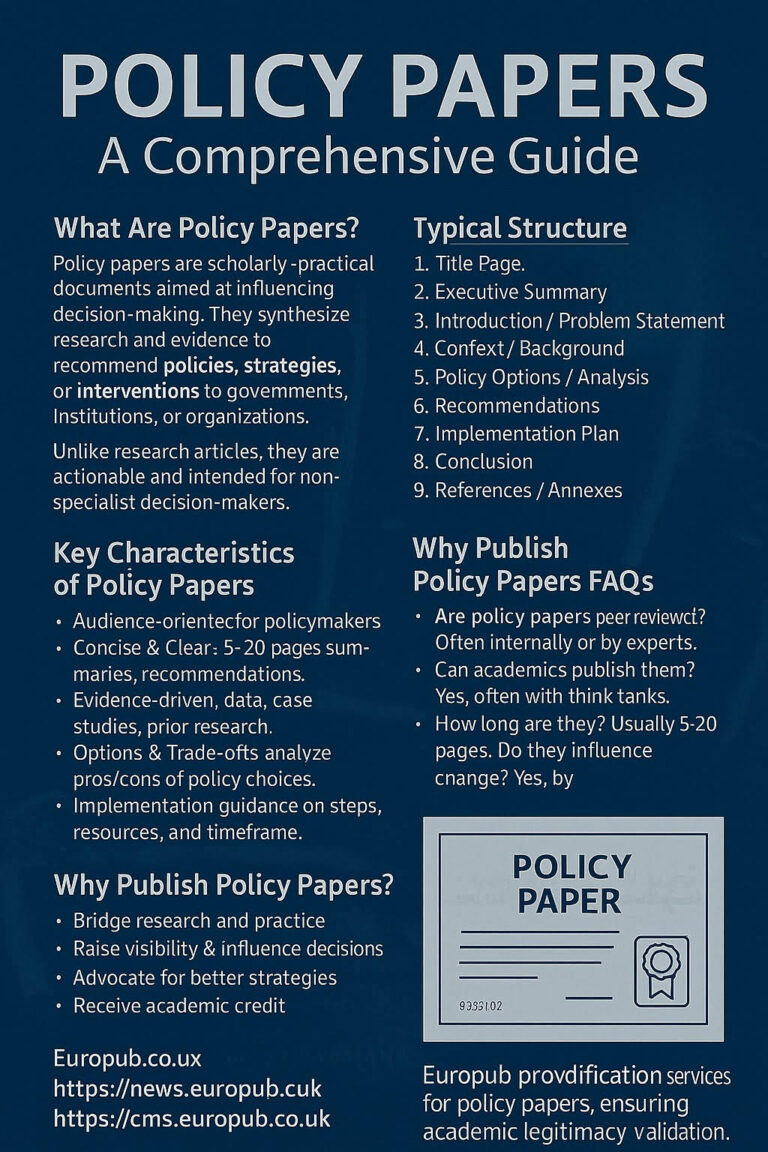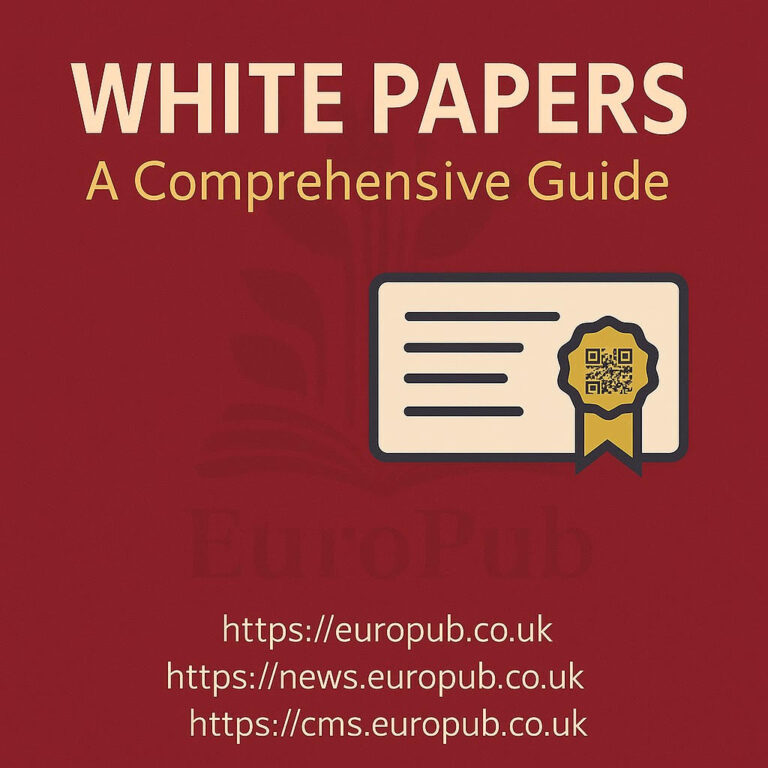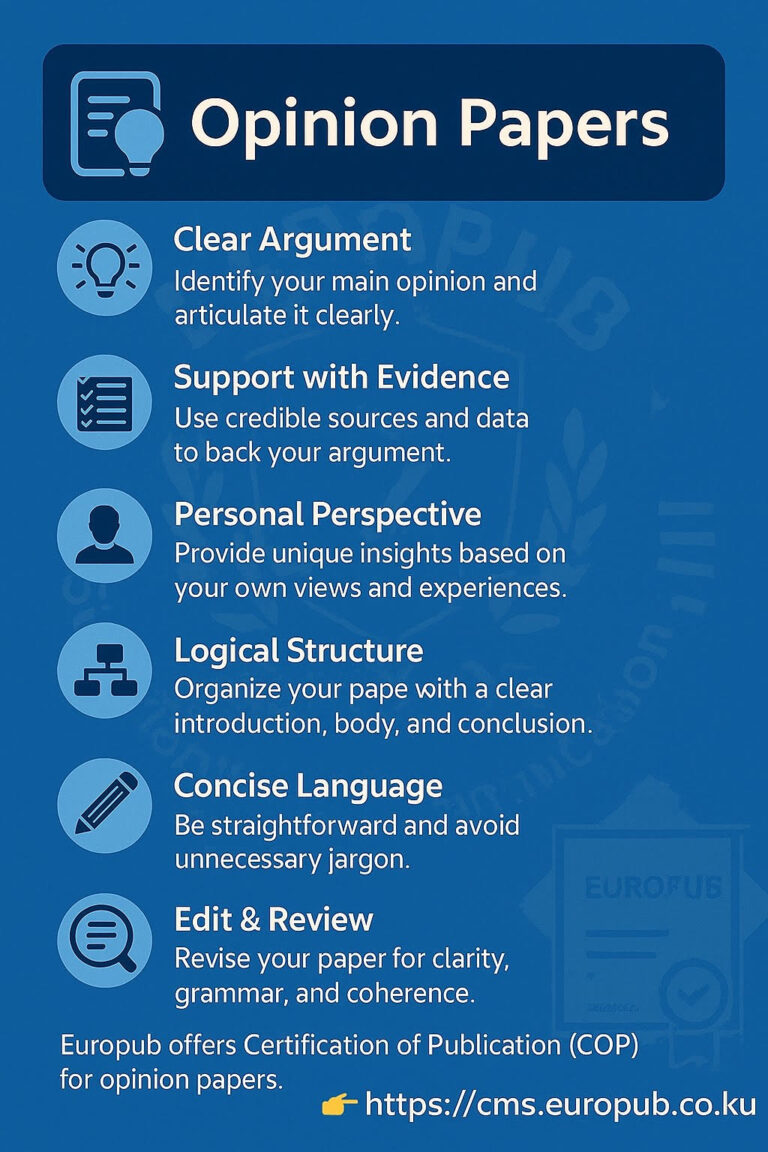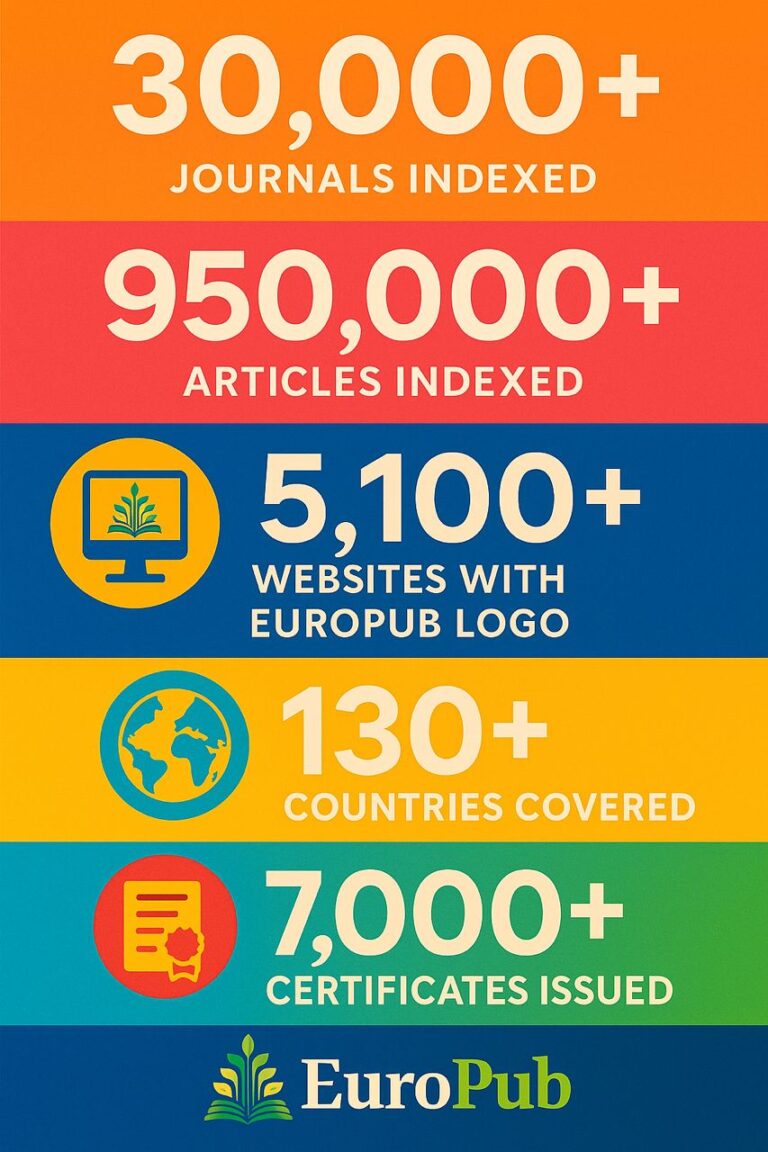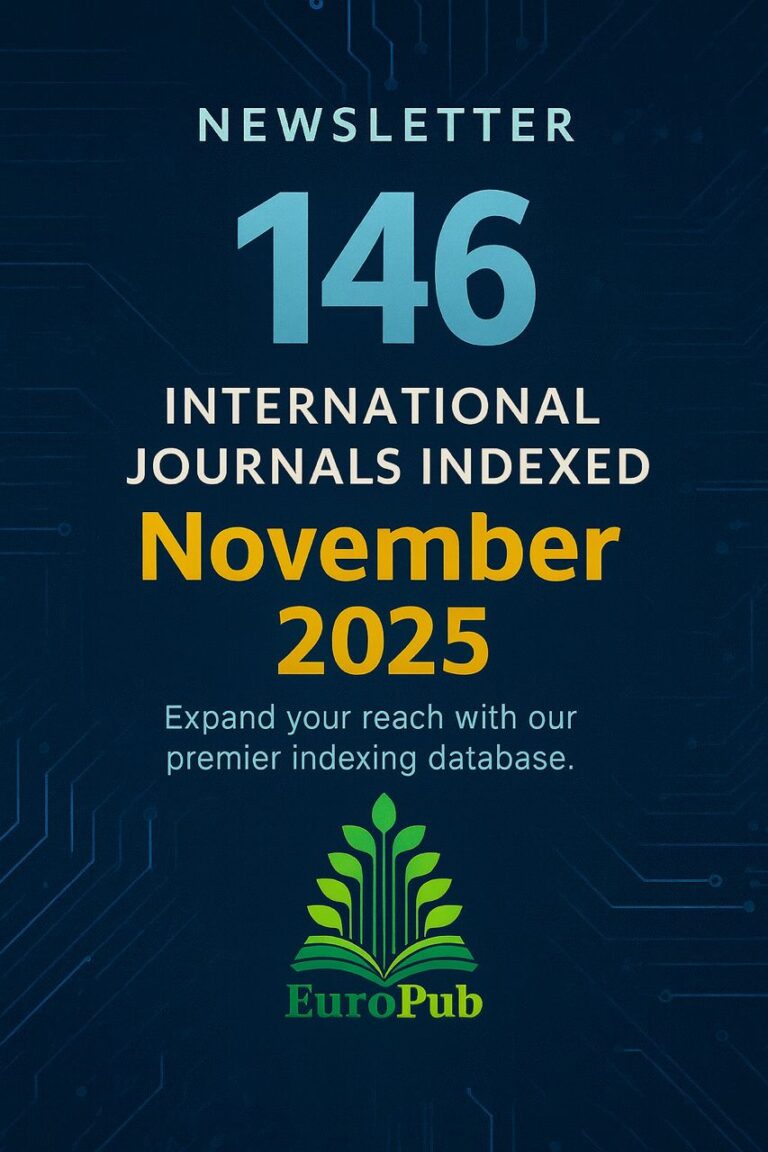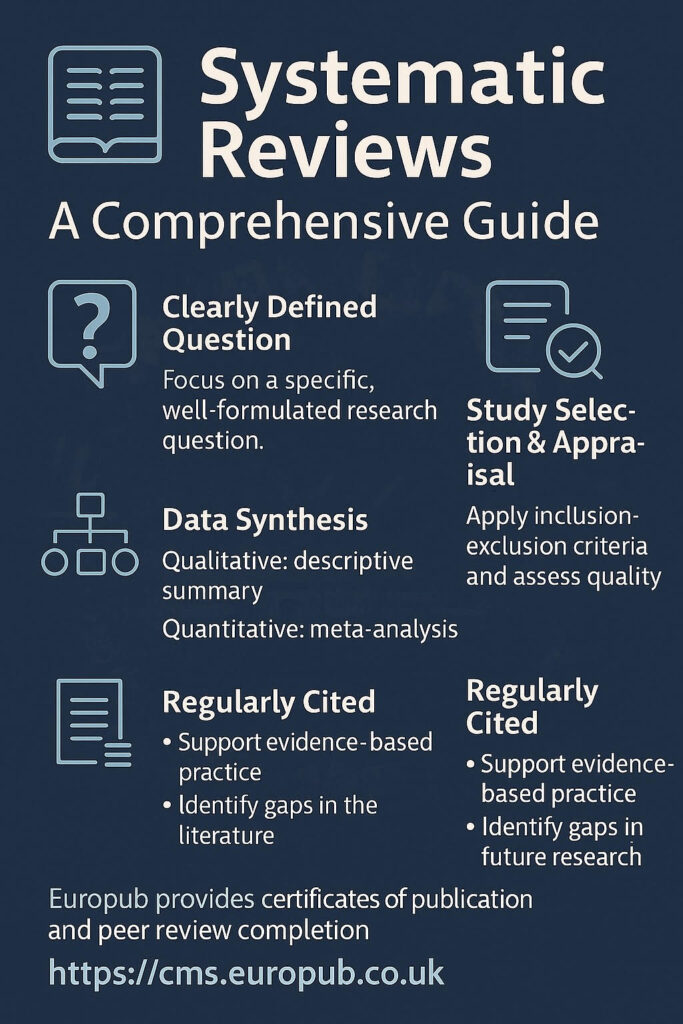
Introduction
A Systematic Review is a type of research article that provides a structured, transparent, and comprehensive summary of all relevant studies on a specific research question. Unlike narrative reviews, which may be more subjective, systematic reviews follow predefined protocols and methodologies to ensure that the process is reproducible, unbiased, and evidence-based.
Systematic reviews are highly valued in academic publishing because they:
- Provide reliable evidence for decision-making in science, medicine, and policy.
- Highlight gaps in the literature.
- Reduce bias by following strict inclusion and exclusion criteria.
They are often considered the gold standard of evidence synthesis, especially in medical, healthcare, and social science fields.
Key Characteristics of Systematic Reviews
- Clearly Defined Research Question
- Usually framed using models such as PICO (Population, Intervention, Comparison, Outcome).
- Comprehensive Literature Search
- Conducted across multiple databases: PubMed, Scopus, Web of Science, Cochrane Library, Embase.
- Explicit Inclusion and Exclusion Criteria
- Determines which studies are included in the review.
- Transparent Methodology
- Search strategy, screening process, and analysis are documented.
- Critical Appraisal of Studies
- Assessment of study quality, methodology, and bias.
- Synthesis of Evidence
- Can be qualitative (narrative synthesis) or quantitative (meta-analysis).
- Reproducibility
- Methods must be replicable by other researchers.
Steps in Conducting a Systematic Review
- Formulating the Research Question
- Define the scope, objectives, and hypothesis.
- Developing a Protocol
- Register the review protocol in platforms like PROSPERO.
- Conducting a Literature Search
- Use Boolean operators, keywords, and database-specific filters.
- Screening Studies
- Title, abstract, and full-text screening based on eligibility criteria.
- Data Extraction
- Collect key information using structured forms.
- Critical Appraisal
- Evaluate risk of bias using tools such as Cochrane Risk of Bias Tool.
- Data Synthesis
- Summarize findings using tables, charts, and narrative explanations.
- Perform meta-analysis if applicable.
- Writing the Review
- Include introduction, methodology, results, discussion, and conclusion.
Importance of Systematic Reviews
 Support evidence-based practice in medicine, education, and social sciences.
Support evidence-based practice in medicine, education, and social sciences.
 Provide policy makers with reliable insights.
Provide policy makers with reliable insights.
 Identify research gaps to guide future studies.
Identify research gaps to guide future studies.
 Improve academic credibility of authors.
Improve academic credibility of authors.
 Often highly cited and published in top journals.
Often highly cited and published in top journals.
Tools & Resources
Common Challenges
 Incomplete literature search.
Incomplete literature search.
 Poorly defined inclusion/exclusion criteria.
Poorly defined inclusion/exclusion criteria.
 Failure to assess bias.
Failure to assess bias.
 Lack of transparency in methodology.
Lack of transparency in methodology.
 Misinterpretation of results.
Misinterpretation of results.
Europub Certification & Support
Europub offers Certificates of Systematic Review Publication and Peer Review Recognition Certificates via the Certificate Management System.
 Validate your review with an official QR-coded Europub Certificate.
Validate your review with an official QR-coded Europub Certificate.
 Gain recognition for your contribution to evidence-based research.
Gain recognition for your contribution to evidence-based research.
 Request guidance from the Europub team on systematic review methods, PRISMA compliance, and meta-analysis support.
Request guidance from the Europub team on systematic review methods, PRISMA compliance, and meta-analysis support.
 Visit: https://europub.co.uk
Visit: https://europub.co.uk
 Updates: https://news.europub.co.uk
Updates: https://news.europub.co.uk
 Frequently Asked Questions (FAQs)
Frequently Asked Questions (FAQs)
1. What is the difference between a systematic review and a narrative review?
 A narrative review is descriptive and may be subjective, while a systematic review follows strict protocols to ensure objectivity and reproducibility.
A narrative review is descriptive and may be subjective, while a systematic review follows strict protocols to ensure objectivity and reproducibility.
2. Do all systematic reviews include a meta-analysis?
 No. A systematic review may or may not include a meta-analysis. Meta-analysis is performed when quantitative data is sufficient for statistical pooling.
No. A systematic review may or may not include a meta-analysis. Meta-analysis is performed when quantitative data is sufficient for statistical pooling.
3. How long does it take to complete a systematic review?
 Typically 6 months to 2 years, depending on scope and resources.
Typically 6 months to 2 years, depending on scope and resources.
4. Can students publish systematic reviews?
 Yes. Many graduate students publish systematic reviews as part of their thesis or coursework, often with faculty supervision.
Yes. Many graduate students publish systematic reviews as part of their thesis or coursework, often with faculty supervision.
5. Why are systematic reviews highly cited?
 Because they provide comprehensive summaries of existing knowledge, they become foundational references in research fields.
Because they provide comprehensive summaries of existing knowledge, they become foundational references in research fields.
